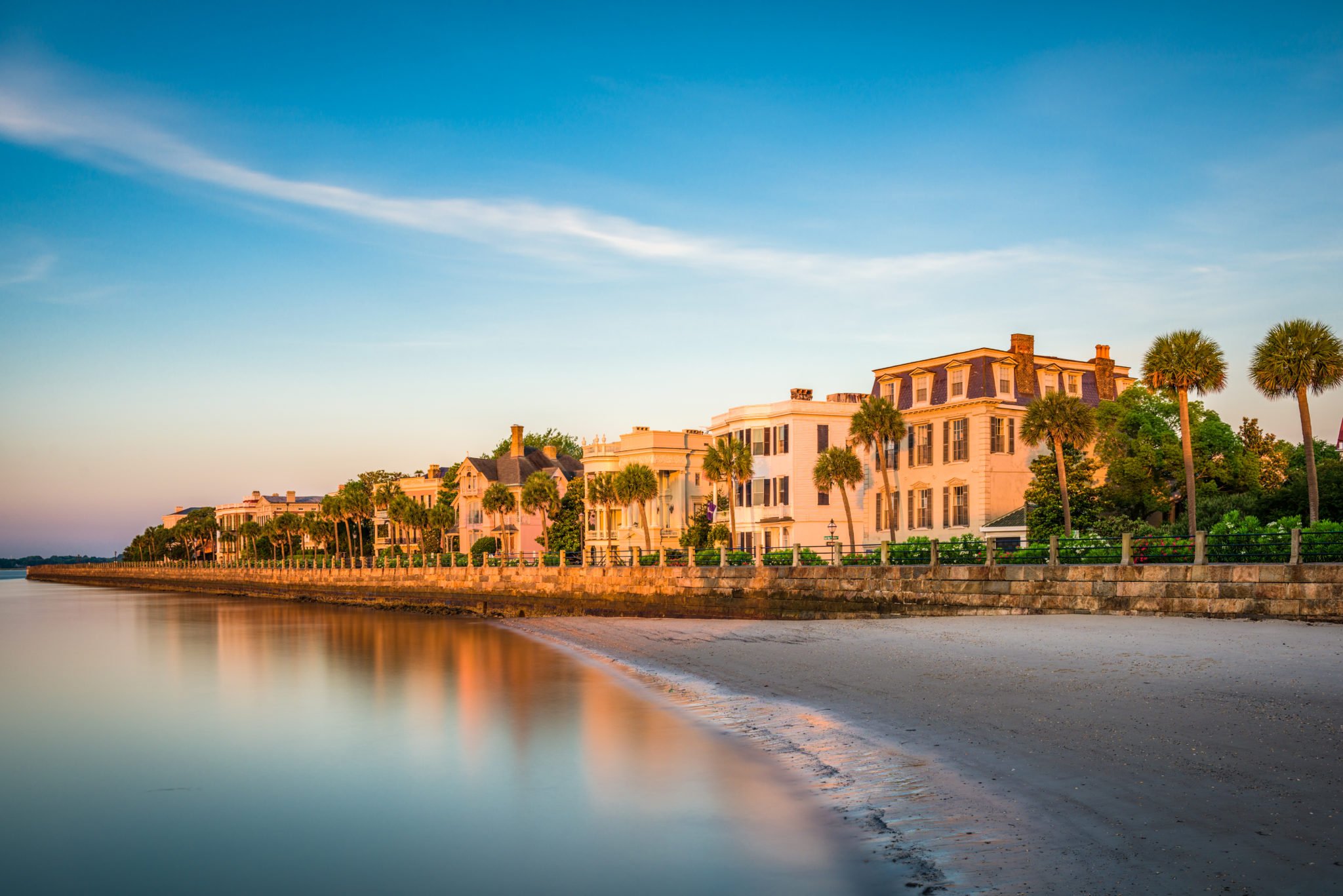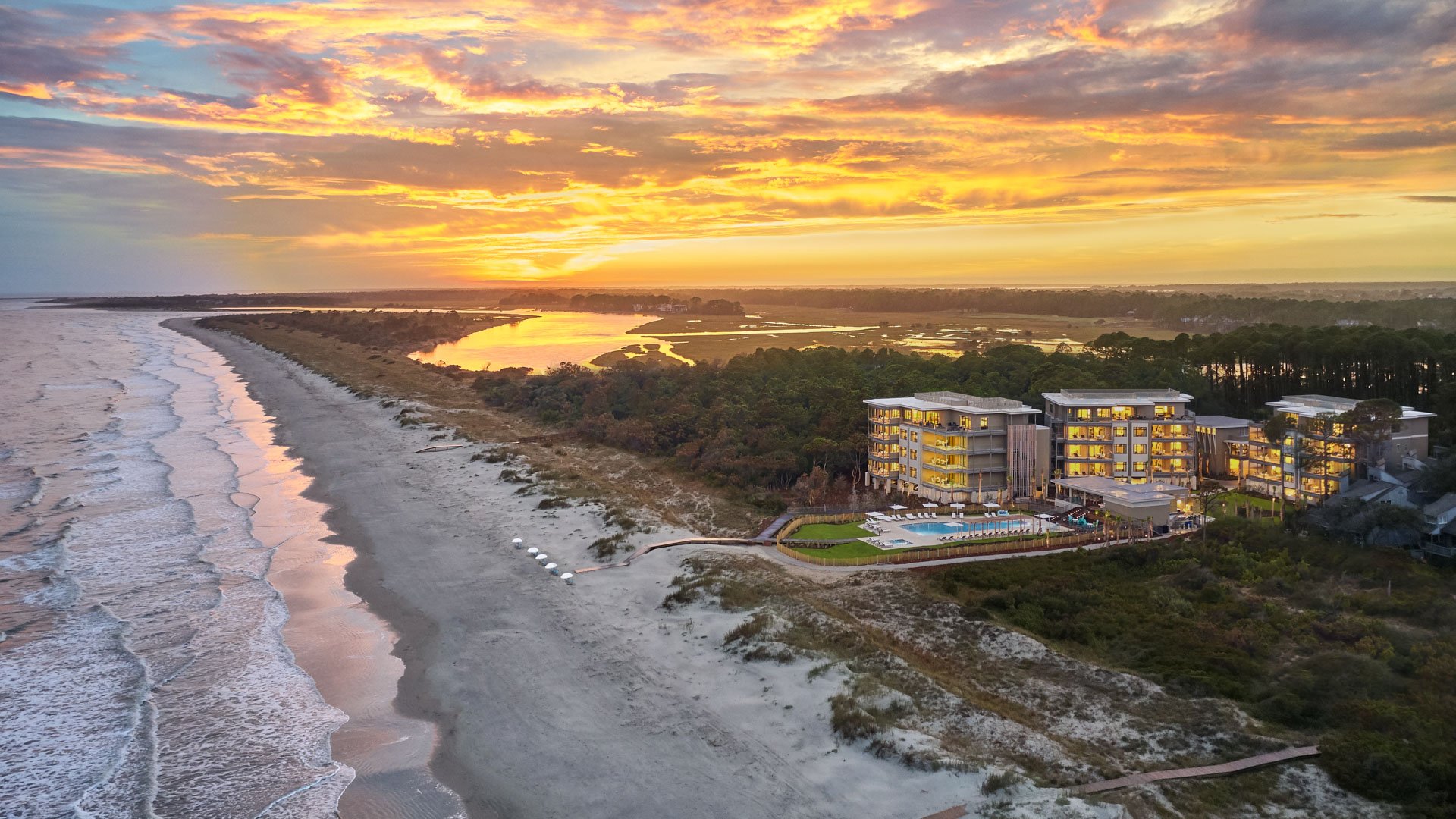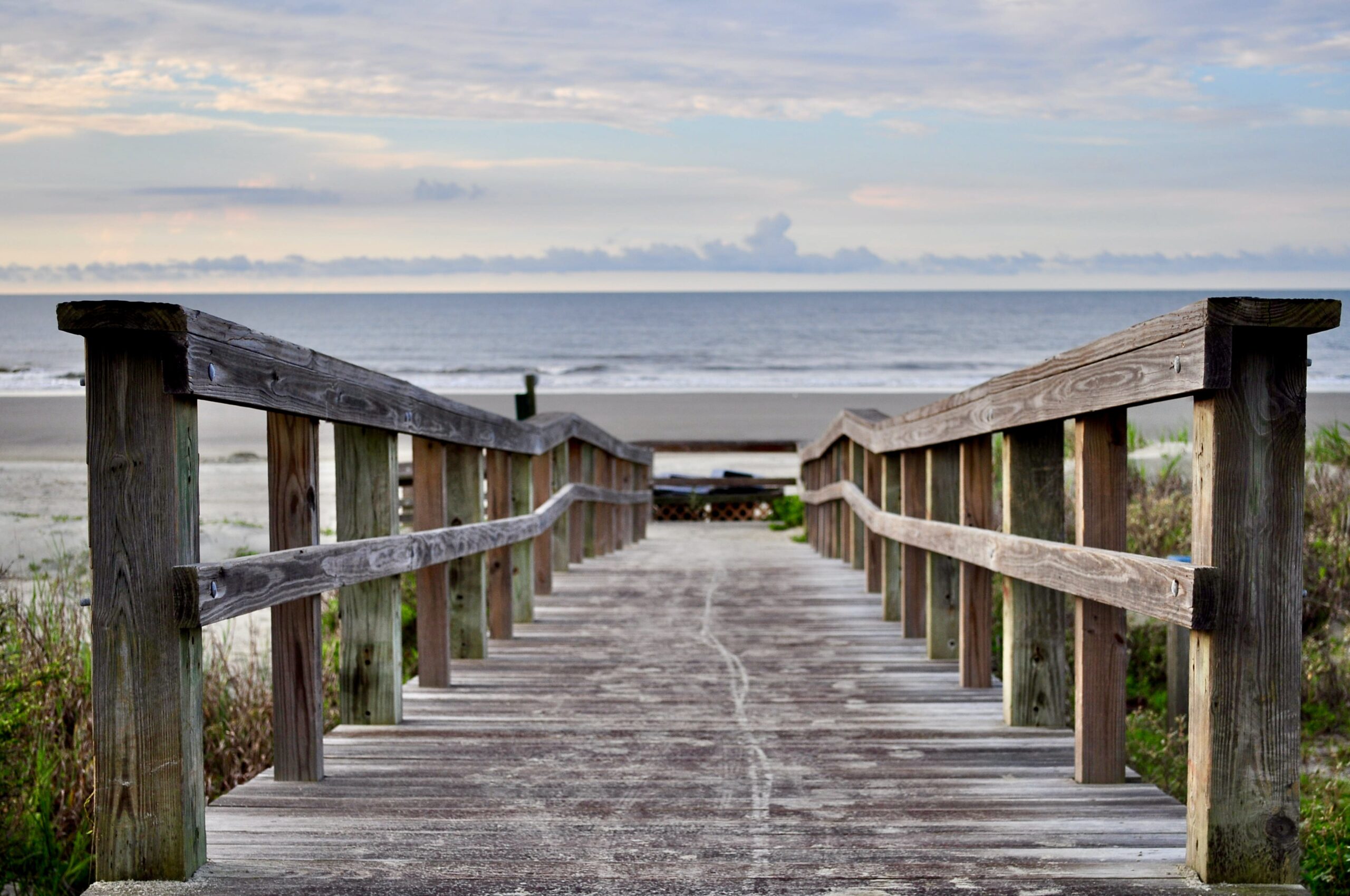Charlestons Historical Sites
June 22, 2021

Calling all history buffs! Charleston, South Carolina offers countless locations to investigate and learn about our country’s past. The wealthy seaport city played a significant role in America’s Colonial, Revolutionary, and Civil War eras. Charleston boasts the country’s first theatre, public college, museum, and much more. Within the downtown district alone there are more than 1400 historically significant buildings. Get acquainted with some of these — along with Charles Towne Landing, Fort Sumter, and several grand plantations — in our primer of preserved places.
CHARLES TOWNE LANDING
See where it all began, as though you were there in 1670 when English settlers established the Carolina colony at this very spot. This “park” is actually a sprawling educational playground. Check out the interpretive exhibits and programming, see cannons fired, and board a 17th-century sailing ship replica. Walk or bike the trails, including an audio history tour. Survey period crop installations and 80 acres of lovely gardens and greenspaces. Don’t miss the Animal Forest natural habitat zoo with species settlers would have encountered including otters, bears, and bison.
FORT SUMTER
Fort Sumter sits majestically on a man-made island at the entrance to Charleston Harbor. On April 12, 1861, the newly formed Confederacy fired on the U.S. garrison in residence here — the beginning of the Civil War. This national monument features one of the country’s greatest collections of 19th century seacoast artillery, with plenty of cannons. The 30-minute ferry ride from either downtown Charleston or Patriots Point in Mount Pleasant is a scenic bonus.

FORT MOULTRIE
Located on Sullivan’s Island, Fort Moultrie is the only place in the National Park System where you can trace the entire 171-year history of American seacoast defense (1776–1947). It was initially constructed to help patriots defend Charleston from British occupation, and it took a beating during the American Civil War. Tour five sections preserved to resemble its appearance across different eras. Fun fact, Edgar Allen Poe was stationed here in 1827.
THE BATTERY
The Battery is one of Charleston’s most iconic sites. It was once a defensive seawall, but is now a paved promenade along the waterfront. Stroll by stately antebellum mansions with views of the Harbor and Fort Sumter in the distance. Walk slightly north to see Rainbow Row and a remnant of the wall which circled the city long ago. At the southern end, you’ll find White Point Gardens, a gorgeous park originally called Oyster Point for the shells Native Americans deposited here.

THE OLD EXCHANGE AND PROVOST DUNGEON
Built in 1771 as a customs house for our prosperous port, the Old Exchange Building is considered South Carolina’s most historic with many key events unfolding here. During the American Revolution, British forces used the basement as a military prison. In 1788, the Exchange hosted state leaders to debate and ratify the U.S. Constitution. Over the past 250 years, it has been a commercial exchange, site for slave auctions, post office, city hall, military headquarters, and museum. Guides in Colonial dress will regale you with tales of patriots, presidents (George Washington partied here), and pirates.
MAGNOLIA CEMETERY
Eons-old graveyards are sprinkled around the historic district of the “Holy City”. But true tombstone taphophiles should venture up its peninsula for a real treat. On the National Register of Historic Places, Magnolia Cemetery is the oldest in Charleston (1850) and rests on a former rice plantation with paths, ponds, and umpteen Victorian-era statues. Many prominent South Carolinians are buried here. Venture on your own or with the only tour company allowed on these hallowed grounds.

MAGNOLIA PLANTATION & GARDENS
At Magnolia Plantation (founded 1676), the home tours set during the Civil War and Reconstruction are only the beginning. There’s a rice-field boat tour, a nature train tour, an Audubon Swamp self-guided tour, a nesting rookery, and petting zoo. Not to mention large scale romantic-style gardens. Did we mention the peacocks? This is a great choice for families, or groups who love nature as much as history.
THE DOCK STREET THEATRE
Nestled in the heart of the historic French Quarter, the Dock Street’s original structure (completed in 1736) was the first in America built exclusively for theatrical performances. Audiences are still enthralled by moving and culturally important productions here — thanks to the in-residence company and national and international festivals including the MOJA and Spoleto.
There are many more fascinating historic sites worth exploring. Check out the Charleston Convention and Visitors Bureau’s website, or ask your Timbers Kiawah Ocean Club & Residences concierge team for more ideas and guidance.







